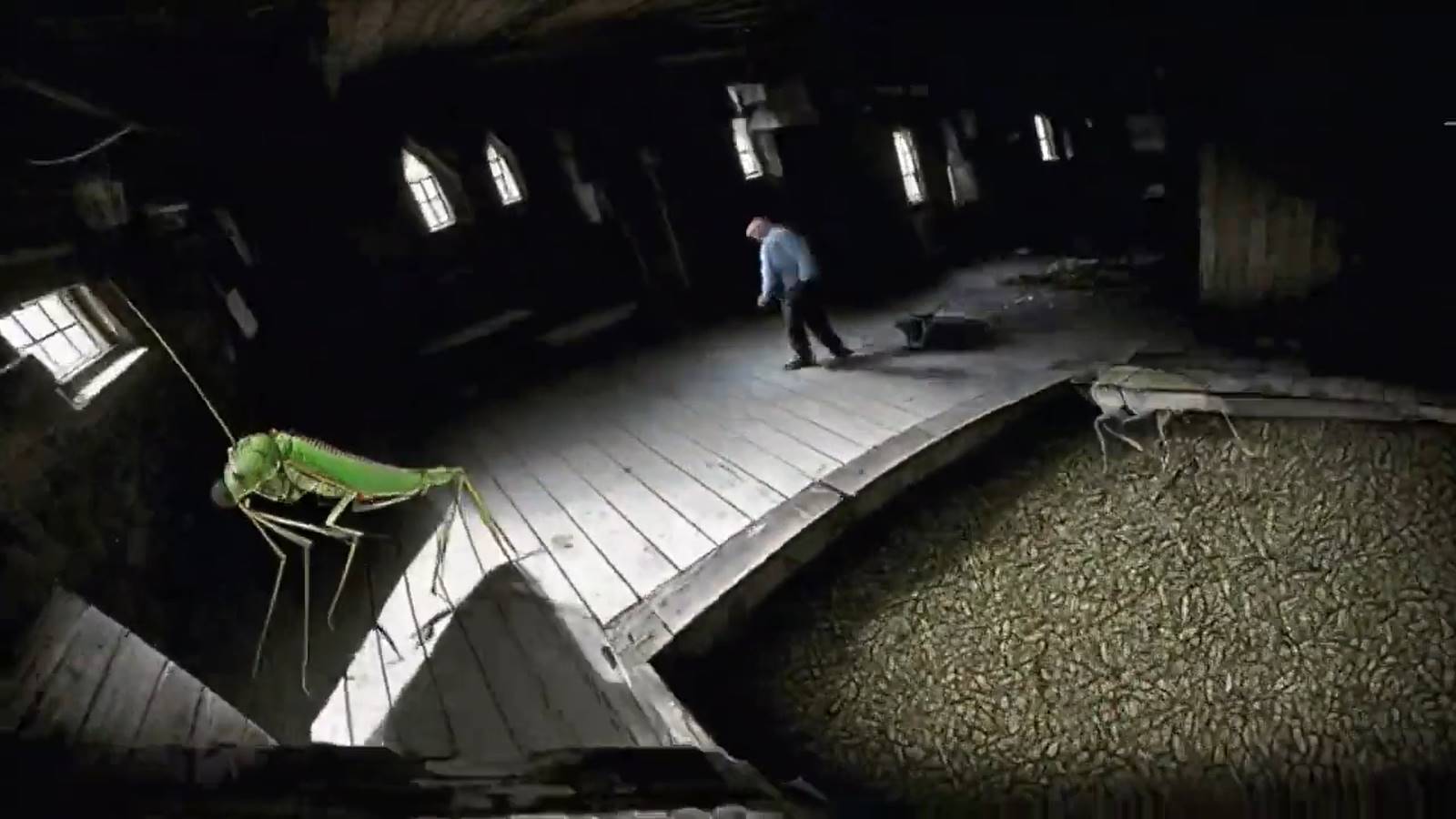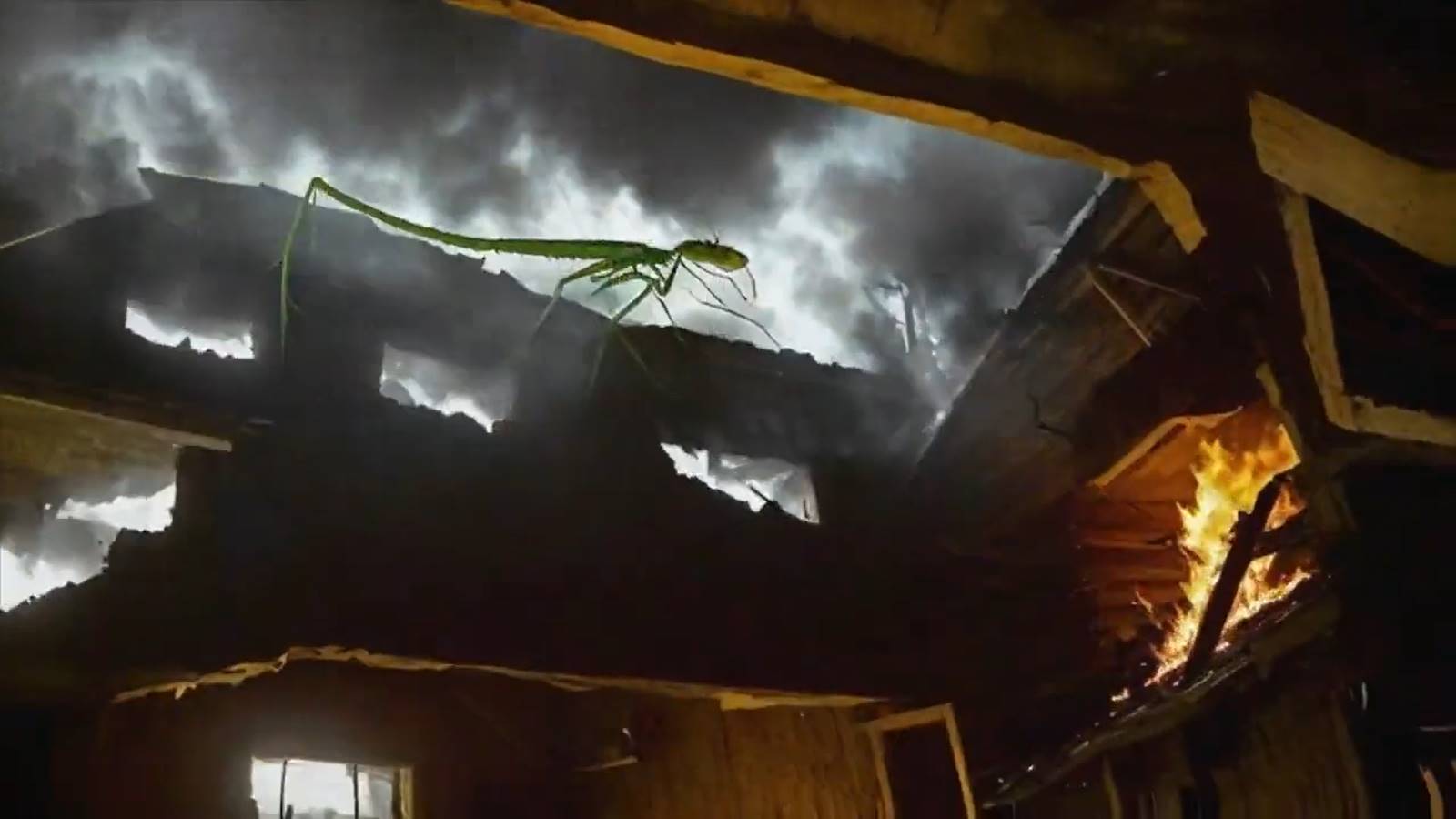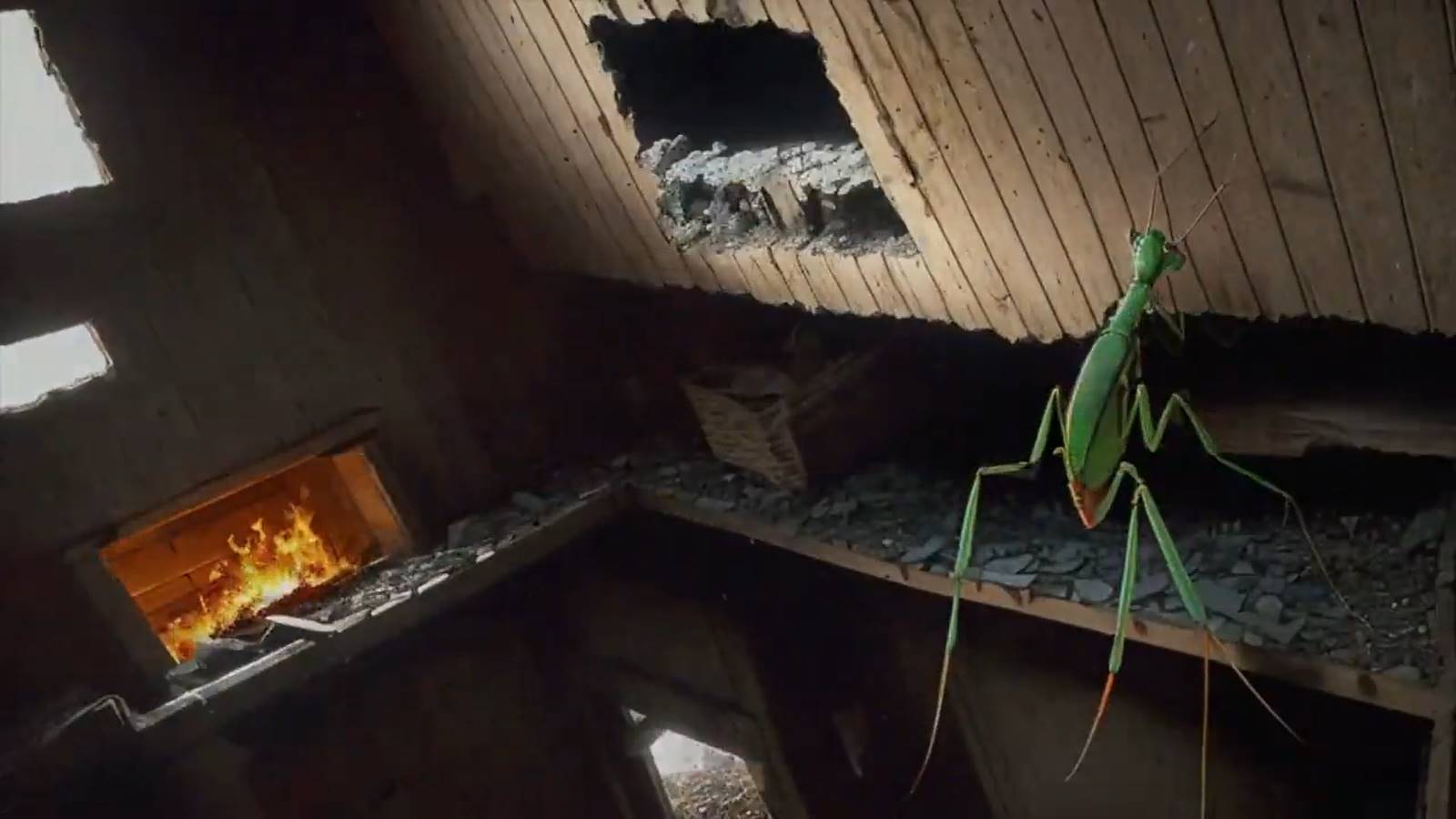Pandemonio, a personal exhibition by Sergio Padovani (b. Modena, 1972), organised by THE BANK Foundation – Institute for Contemporary Painting Studies and Il Cigno GG Edizioni, is on display until 9 March at the Museum of San Salvatore in Lauro in Rome, before moving to the St. Paul Complex in Modena.
The exhibition is curated by Cesare Biasini Selvaggi, with Francesca Baboni and Stefano Taddei, and includes over 60 paintings, many of which are on display for the first time. They are of various sizes, dark and weird, with a touch of Renaissance art, but also so contemporary, postmodern and even Nietzschean. In the encounter between the deformation in Francis Bacon’s work and the chaotic worlds of Hyeronimus Bosch, Piero Della Francesca’s absolute fixedness and Egon Schiele’s gloomy, sloping drawings, timeless sanctity and the dirty hic et nunc (here and now), the feeling of fresco in the material and sense of the aktion in gestures absent from preparatory sketches, the exhibition is divided into a series of rooms that become increasingly introspective and more profound, until we reach the basement, underground – the perfect place for the exhibition to end.
In this articulated itinerary, made up of rooms, corridors and stairways, in the centre of the exhibition we come across a strange, alienating work. This is the only work that is not a painting, the only experiment that abandons the immortal noble art of painting to immerse itself in analogue-digital space. The sacred space of the canvas and panel surface becomes deep and unstable; the paintbrush, which we always imagine as the artist’s indispensable prosthesis, is transformed into a computerised process; the mixture of oil, bitumen and resin, which is so dear to Padovani, becomes an immaterial binary sequence of bits, aligned by artificial intelligence that sends a transhuman delirium ‘beyond the world’ – the poetics of the machine.
The work in question gives the exhibition its title: Pandemonio (Pandemonium), a video that weaves heterogeneous thoughts, parallel and intersecting limbs, into a murky “crasis”. As mentioned before, we are before the moving image, imagined by a machine (a generative artificial intelligence) thanks to the artist’s input: his words, in a poem that tries to capture the meaning and destiny of man, with music, also composed by the artist, which is part of his musical project Macchina Anatomica (Anatomic Machine).
The result is a series of eternally swirling, fluid ‘pictures’ that show the relationship between humans and anthropods, in an increasingly perceptible chaotic destruction. This develops into a Kafkaesque dialogue with itself, a humanity of almost biblical dimensions that can create, desire and adapt for continual growth, only to find itself on the brink of self-destruction.
In the continuous movement of the synthetic vortex – between domestic interiors, Gothic churches, rural scenes and semi-apocalyptic local landscapes with a modest fireplace that gradually transforms into a roaring fire as the frequency and power of the music increases – an insect, a mantis-like creature which rises and dies from the ripples of the image, only to re-emerge from the walls, from the ceiling, from the man with whom it shares the image, is a disturbing, uncomfortable presence. This is a Freudian unheimlich which, in its frightening strangeness, binds itself to the human figure, becoming its confidant, observer, travelling companion and metamorphosis – a disturbing Saturn ready to devour the human.
In this tempestuous hallucination, at one point we read: “Hello D. Today is a good day for vainglory.” In a preamble we discover that “D.” is: “D. as in Destiny / D. as in Direction / D. as in Demiurge”. This opens up heterogeneous, intimate, even existential paths of reflection. Personal meaning (specific) and general meaning (all-embracing) combine in the ontology of existence, wired differently in every human mind, because vainglory encompasses the ‘world’: there is complacency, demerit and ambition. This is the case for each sentence we read in the captions of the images, always accompanied by music that is in no less important than the other elements, a soundtrack that characterises the experience and mimics the visual meaning.
The huge omnipresent insect accompanies us throughout history, is both meaning and metaphor, destiny and structure, god and man. Pandemonio is a multi-layered work woven by Padovani into all its component parts. However, he creates it so that it is a machine that does the narration, with an accumulation of signifiers all aimed at the one enigmatic meaning.
Sergio Padovani. Pandemonio, curated by Cesare Biasini Selvaggi with Francesca Baboni and Stefano Taddei
Museo San Salvatore in Lauro, Rome, January 30th – March 9, 2024
images (all): Sergio Padovani, «Pandemonio», frame.













































